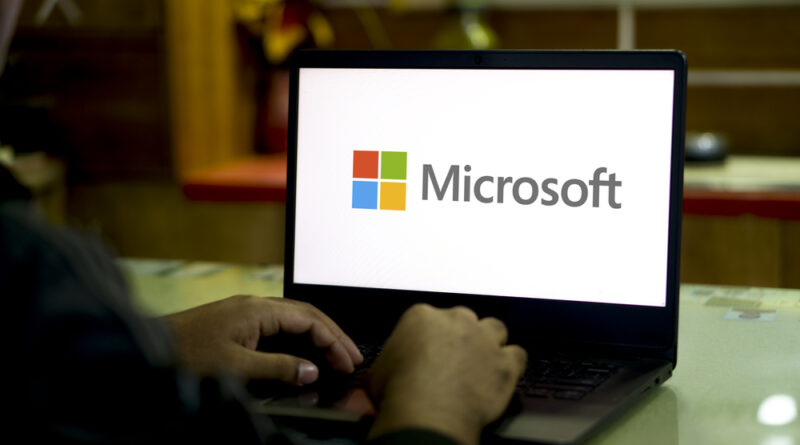Microsoft Pays Hackers Over $60 Million in Bug Bounty Rewards
In a bold affirmation of its commitment to cybersecurity, Microsoft has revealed that its bug bounty program has paid more than $60 million to external researchers since its inception in 2013, including a staggering $16.6 million in the latest reporting period.
The bug bounty program, designed to incentivize hackers and security researchers to report vulnerabilities rather than exploit them, has become a cornerstone of Microsoft’s strategy to secure its platforms and services. By offering monetary rewards, Microsoft aims to stay one step ahead of cybercriminals by discovering and patching weaknesses before they can be exploited in zero-day attacks.
Tom Gallagher, Vice President of Engineering at the Microsoft Security Response Center (MSRC), emphasized the importance of these partnerships in a recent statement. “MSRC partners with product teams across Microsoft, as well as external security researchers, to investigate reports of security vulnerabilities affecting Microsoft products and services,” Gallagher said. He added that the coordinated vulnerability disclosure process not only rewards researchers for their critical work but also provides Microsoft the chance to mitigate threats before they fall into the wrong hands.
Vulnerabilities—hidden flaws in software code or system processes—are the common thread behind the diverse array of cyber threats, from Windows zero-days to account takeover attacks. While bug bounty programs like those run by Microsoft and Google (which paid $11.8 million in 2024) aim to encourage ethical hacking, the darker side of the ecosystem sees some individuals selling undisclosed vulnerabilities to state-sponsored groups or cybercriminal networks for significantly higher sums.
A zero-day attack, by definition, exploits a vulnerability that remains unpatched for zero days, leaving vendors in a frantic race to deploy a fix before the flaw is widely exploited. “The term zero day stems from the fact that it’s out there and known to the vendor, and there are zero days to issue a fix,” explains cybersecurity expert Kate O’Flaherty. Such threats underscore why programs like Microsoft’s are critical—not only do they help uncover vulnerabilities, they also prevent them from becoming tools in the hands of bad actors.
Despite the sophisticated tactics of some threat actors, Microsoft’s proactive approach is widely regarded as essential in the ongoing battle against cybercrime. By paying hackers to reveal vulnerabilities, the tech giant is effectively reducing the number of exploitable zero-day flaws, thereby protecting millions of users from potentially devastating cyberattacks.
As the cybersecurity landscape continues to evolve, Microsoft’s multi-million-dollar investment in bug bounty programs highlights a broader industry trend: collaboration between corporate security teams and independent researchers is emerging as a key strategy to fortify digital defenses in an increasingly perilous cyber world.
Photo Credit: DepositPhotos.com

